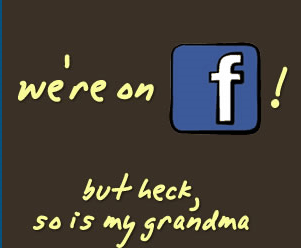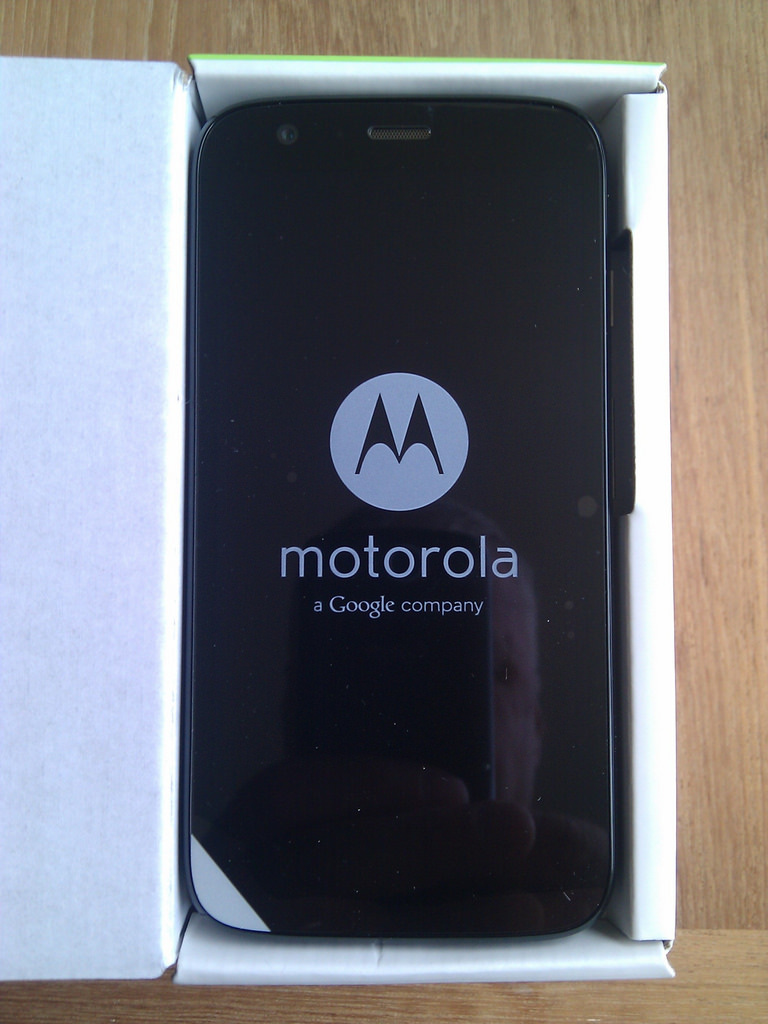
Conversational commerce is an offshoot model that combines the best aspects of the three fastest growing digital trends right now: e-commerce, mobile transactions, and messaging apps. Specifically, it is the practice of brands or vendors initiating, completing, and servicing business transactions over messaging applications, such as Facebook Messenger, WhatsApp, WeChat, or Slack. It’s “conversational” because the experience is carried out as a conversation – either with a live agent or through an automated but intelligent "bot" - kind of the way a natural conversation would happen in a retail store environment – except this is done in the digital realm without ever leaving the messaging app being used.
Here are 4 key things that I thought make conversational commerce an exciting trend to follow:
1.) The convenience factor – Always-on threads allow for customers to pick up on conversations where they left off, potentially eliminating the need to re-explain your wants, needs, and problems. Combine this with the fact that messaging apps are about 75% penetrated with internet users globally (messaging apps recently surpassed social media networks in terms of daily active users), and the convenience of shopping right from your messaging app is hugely appealing. No more clogging your phone interface with dozens of distinct apps for each vendor/brand you connect with.
2.) Intuitive navigation through the purchase funnel – you can ask questions and get the information you need as you shop, personalizing the shopping experience on a one-to-one basis. Also, today’s conversational commerce platforms can accept payments and complete orders, which is a game changer. And it avoids the dreaded call into a phone queue (which is a foreign concept to millennials anyway). This is where the interaction with humans and bots comes into play. Much is being written about the developing capabilities of bots powered by artificial intelligence; it will be a lynch pin for ensuring a positive customer experience as scale.
3.) The collection of precise shopper behavior data – millions of customer exchanges captured, combined with the capabilities of big data to gain insights on shopper behavior and preferences, means the level of consumer knowledge and insight will be unprecedented. Analyzing consumer trends and shopping behavioral patterns will allow for smarter product planning, better pricing, and more effective execution of the shopping experience. For businesses this will drive higher conversion rates, better retention, and lower customer acquisition costs. For consumers, it will lead to making purchases faster, better, and cheaper. A win-win for all sides.
4.) Integration potential with the Internet of Things – The potential here is very exciting. Combining conversational commerce with IoT devices opens up possibilities to serve customers in new scenarios and create incredible linkages between customers and brands. Think of a smart home AC system connected to a Nest Thermostat, telling you when it’s time to change the filters in your house. Don’t know what type to buy or where to get them? Simply send a message through the interface and the proper filter is ordered and on its way at the best possible price. The popularity of Amazon’s Echo device is partially due to the exciting possibilities here – you can order any number of products from your Amazon profile simply by voicing commands to Echo. Digital commerce that is “conversational” in the truest sense of the word.
In a way, it seems like what is old is new again – the notion of having a conversation (i.e. personal interaction) in the process of making a purchase or using a service. Indeed, the concept is not entirely new – there have been online chat features on e-commerce websites for years, and businesses have been using text messages and push notifications increasingly in the recent past (not to mention telesales transactions). But the fact that the process is being consolidated within widely used messaging apps, combined with the use of more effective automated bots, opens up huge possibilities for this newest model of commerce - by applying technology to make shopping more seamless & intuitive.
Have a question or want to add a thought? Please leave a comment below or contact me through the site's contact form.





 RSS Feed
RSS Feed
